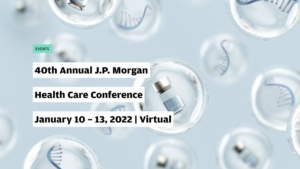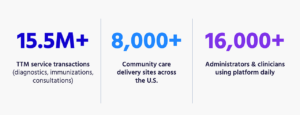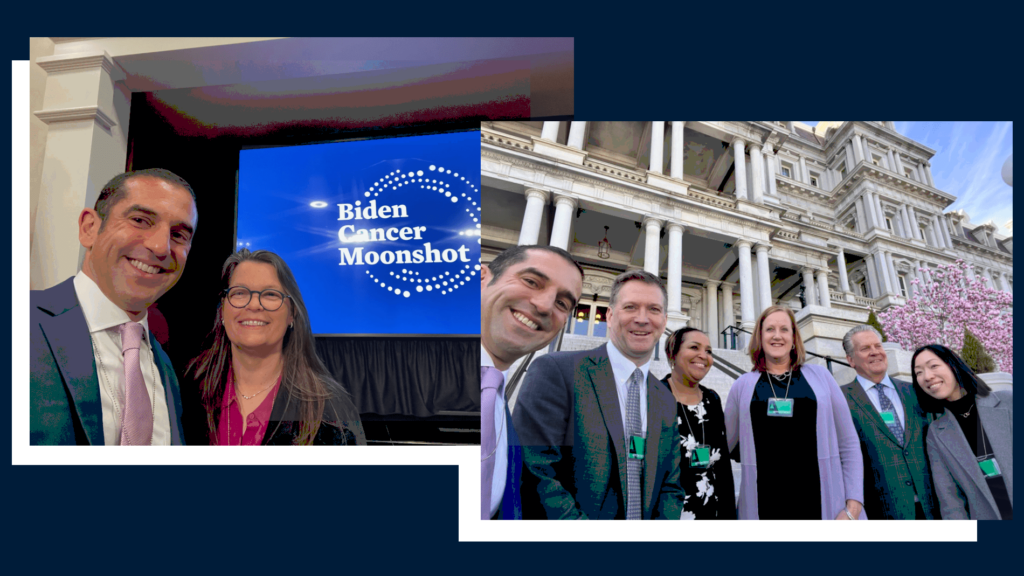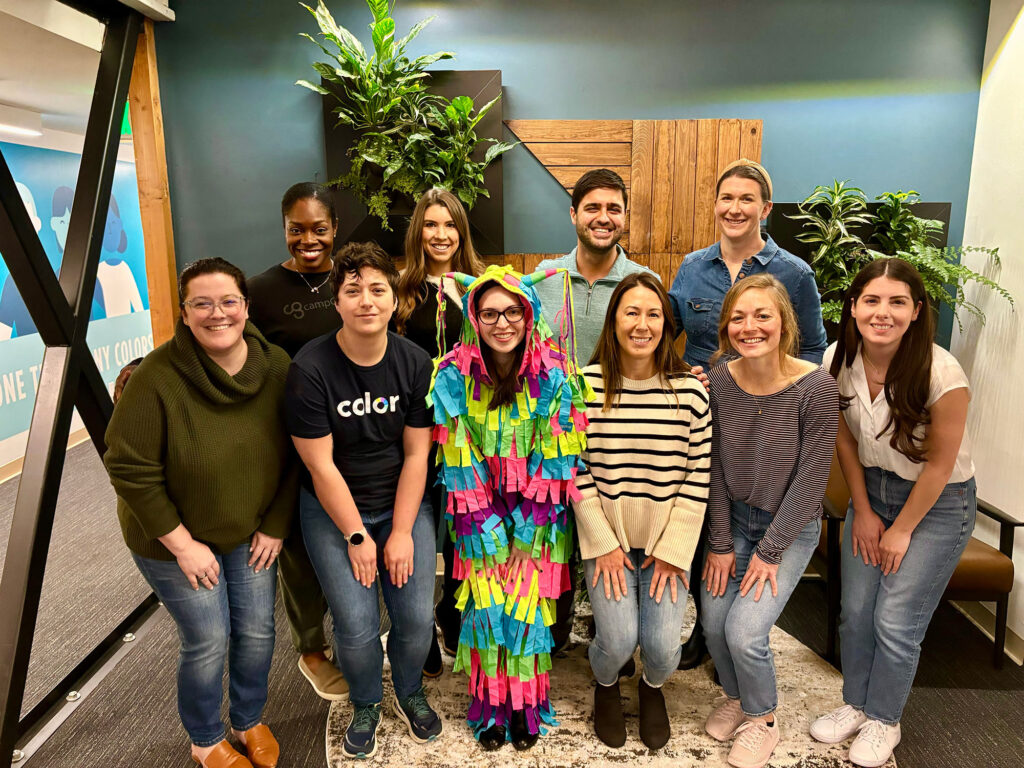News & Articles
J.P. Morgan Health Care Conference 2022: Color Takeaways
Colman Murphy

Last week we had the opportunity to connect with other healthcare innovators at the 2022 J.P. Morgan Health Care Conference.
The conference was held virtually, marking the second year in which this bellwether event has been shaped by the COVID-19 pandemic. While the change of format didn’t seem to dampen the enthusiasm of panelists and attendees, it may have helped reinforce the one thing we heard over and over — the healthcare infrastructure built and activated over the past few years is what will continue to make essential healthcare delivery accessible, frictionless, and effective in the future.
Othman Laraki, Color CEO, and Caroline Savello, Color CCO participated in several panel sessions focused on the future of scaled healthcare delivery. Othman also delivered a company presentation on Color’s expansion over the last two years, as well as the future Color is building.
For those of you who could not attend in person, here are five things we learned, heard and shared on Twitter over the course of this four day event. This thread features insight from @othman, @stevensonmarkp, @Bob_Wachter, and @cmasvello
- The systems built by public health departments, employers, and companies like Color will make future healthcare delivery more accessible.
“It took a crisis to get over the activation barrier, but now that the infrastructure is laid down, you can easily run additional services over it.” -@othman #JPMHC22 - Schools have developed the systems of the future.
“We crossed a threshold in which schools are now places where basic healthcare services are being delivered to a very large population. The coordination, the consent system — all of that is a huge amount of infrastructure that can now be leveraged to deliver additional services.” -@othman #JPMHC22“It’s been great working with Color and gaining learnings from the school program about the ease of testing. Particularly, I want to point out the messaging. We learned the same (messaging) that makes it easy for kids to test are the same things that make it easy for CEOs and senior executives.” – Mark Stevenson, EVP, COO, Thermo Fisher Scientific.
- With the right infrastructure, clinicians and doctors can dedicate more time to important, acute care, rather than broad services.
“For preventive healthcare there’s a new expectation that we can deliver broad services in asynchronous, distributed, and scalable ways.” -@othman #JPMHC22“It’s how we distributed COVID-19 vaccines. Each individual didn’t need to get a prescription from a doctor. Similarly we can find ways to take out the need for doctors to re-adjudicate every single case independently.” -@othman #JPMHC22
“The dominant question in healthcare is, ‘How quickly can we evolve into a system where new technologies allow us to completely reconfigure the way care is delivered?’ To make it more patient and customer-centric? To make it more data driven? To make it more nimble? To make access better, and in some ways to deinstitutionalize it so that you don’t go to a hospital unless you absolutely have to? In some ways, the question is, ‘What enables that?'” – Robert Wachter, MD Professor and Chair, Department of Medicine, , University of California, San Francisco
- Seemingly small design choices are what makes accessibility happen.
“No account creation, all you need is a cell phone number, no app downloaded, translation support — it’s those small things that make a massive difference when you’re designing for scale.” -@cmsavello #JPMHC22“For example, in one community, we asked for a ZIP code instead of a full home address. We ended up delivering 10x as many tests in the first two days with this community compared to what they were able to do in the first two months of the pandemic.” -@cmsavello #JPMHC22
- A broader, more streamlined healthcare infrastructure makes communities stronger.
“Through incredible partners like the AACEC, we’ve seen that, the closer you bring services to a community, the healthier and more effective a community can become.“ #JPMHC22
And, a moment of reflection on our own contribution towards healthcare equity in 2021.

Color facilitated 15.5M services (tests, diagnostics, immunizations, consultations, etc) at 8,000+ community care sites in the U.S., where over 16,000 clinicians and administrators use the Color platform every day.
Catch up on the full event coverage on Twitter at #JPMHC22.



